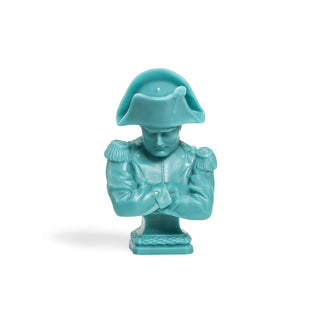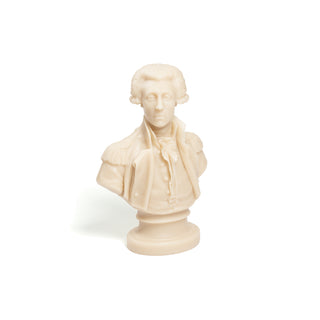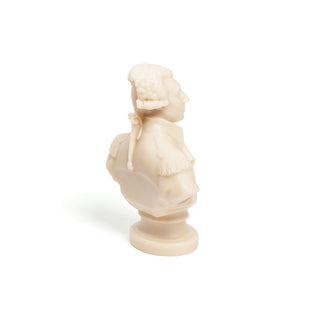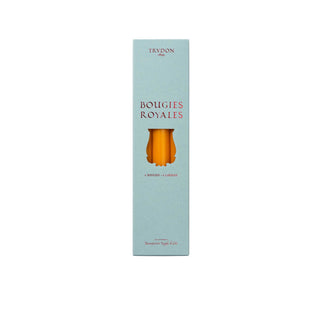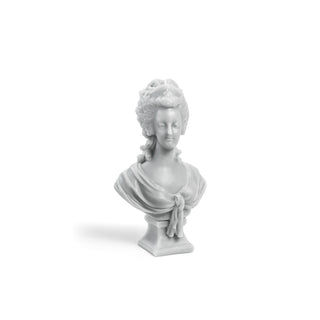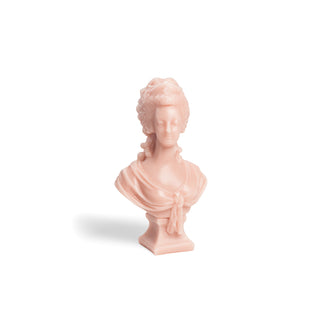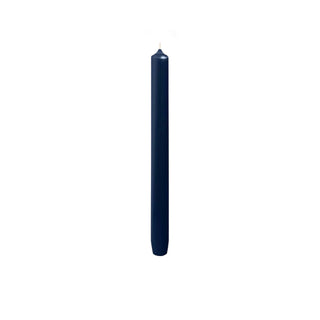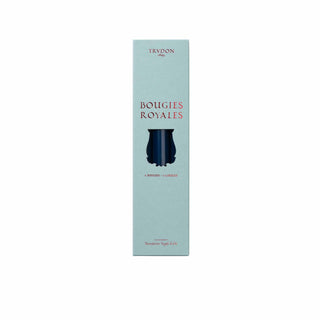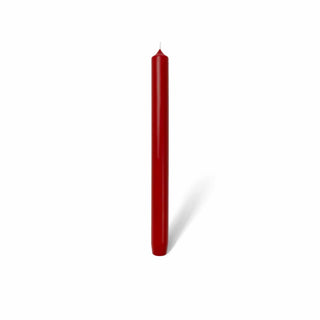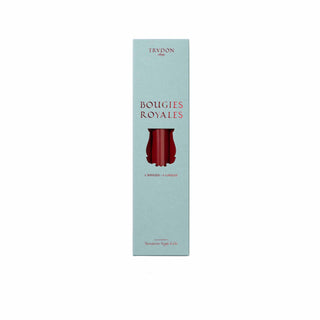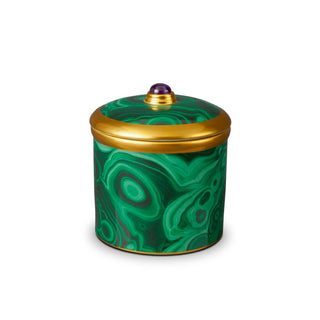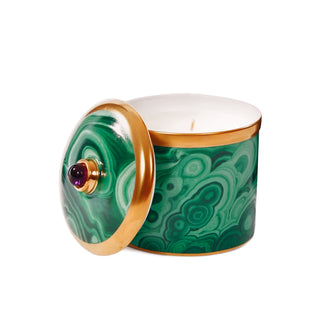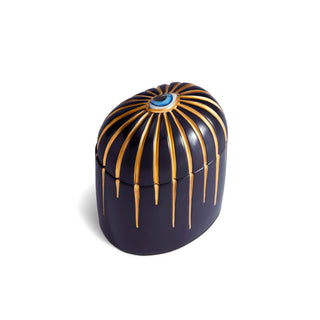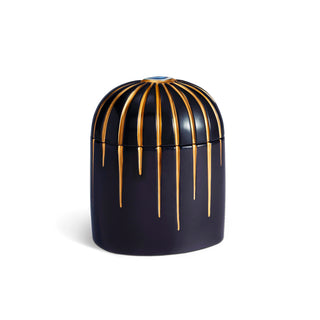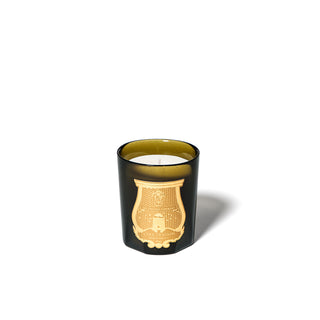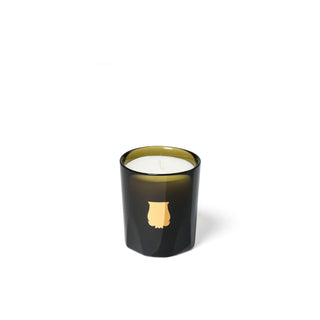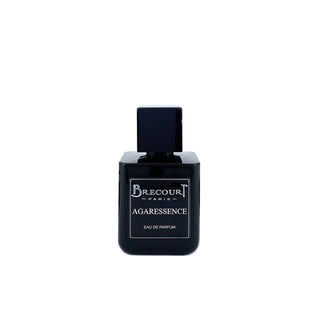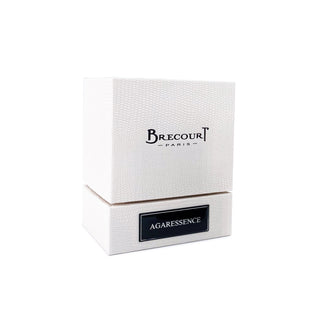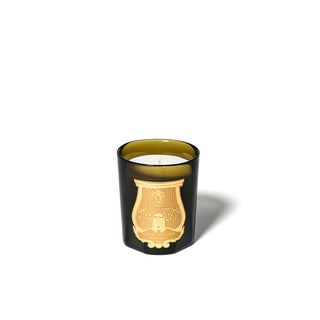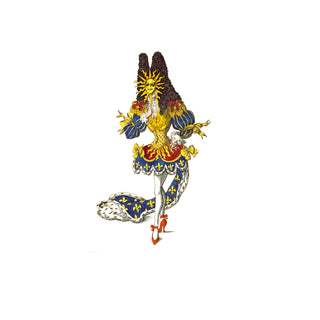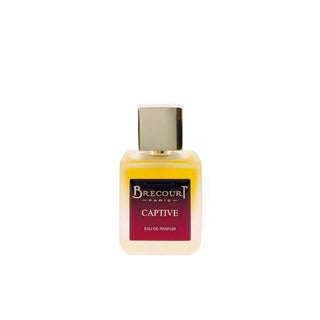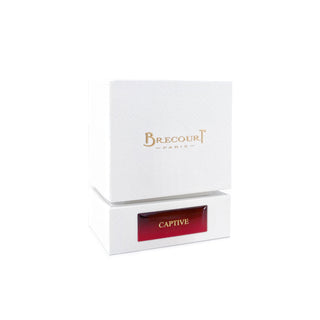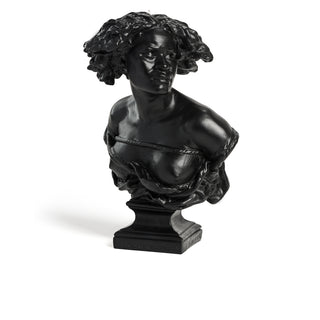

Description
Pourquoi naître esclave (Why born a slave) is the name given by the sculptor and painter Jean-Baptiste Carpeaux (1827-1875) to a series of busts he created around 1870. At the height of his career, enjoying the protection of Napoleon III, Carpeaux was commissioned by the city of Paris to design the Fontaine de l'Observatoire and slightly modified the theme that had been imposed on him - the four cardinal points - replacing them with allegorical characters who personified Europe, Africa, Asia and America. While working on the representation of Africa, he came up with the idea of the bust of Négresse Captive. Obsessed with the faithful representations of the human movement, he carved his slave in a corner to express revolt. The story goes that the woman who posed for the bust could also have been the model for Charles Cordier's "Capresse des colonies" in 1861.
Description
Pourquoi naître esclave (Why born a slave) is the name given by the sculptor and painter Jean-Baptiste Carpeaux (1827-1875) to a series of busts he created around 1870. At the height of his career, enjoying the protection of Napoleon III, Carpeaux was commissioned by the city of Paris to design the Fontaine de l'Observatoire and slightly modified the theme that had been imposed on him - the four cardinal points - replacing them with allegorical characters who personified Europe, Africa, Asia and America. While working on the representation of Africa, he came up with the idea of the bust of Négresse Captive. Obsessed with the faithful representations of the human movement, he carved his slave in a corner to express revolt. The story goes that the woman who posed for the bust could also have been the model for Charles Cordier's "Capresse des colonies" in 1861.






